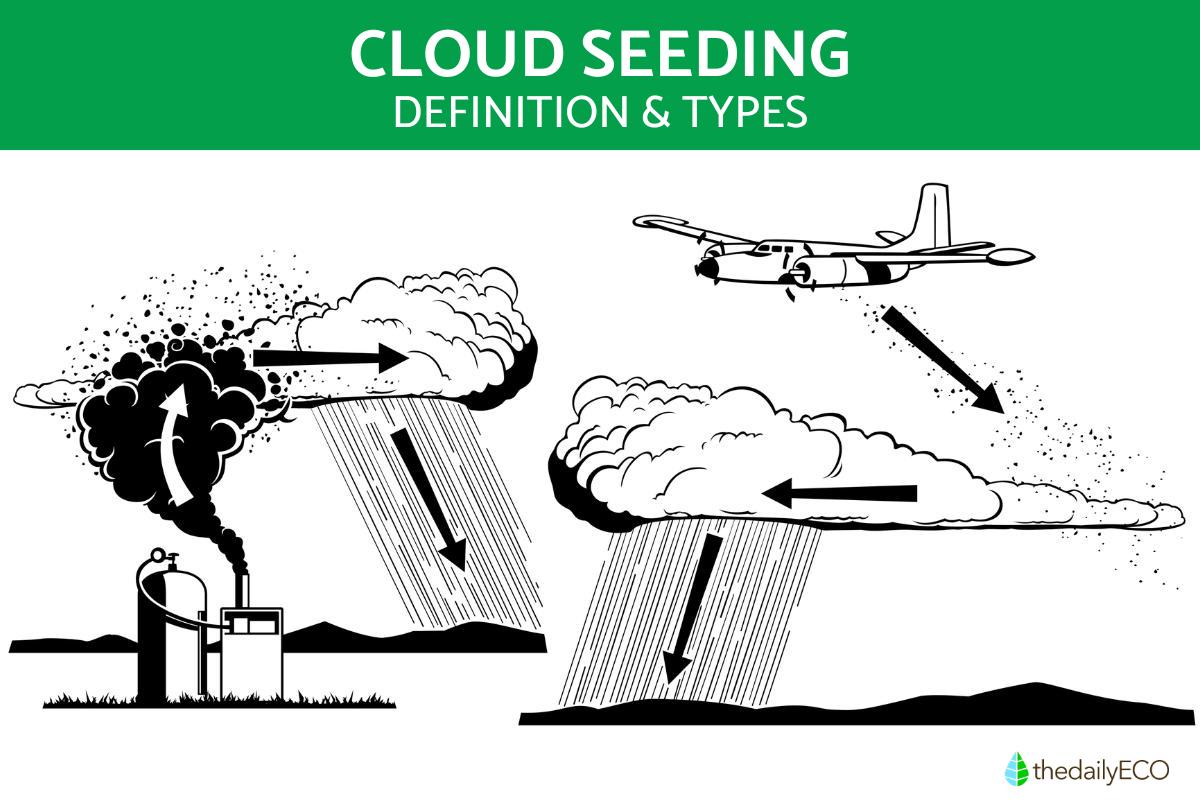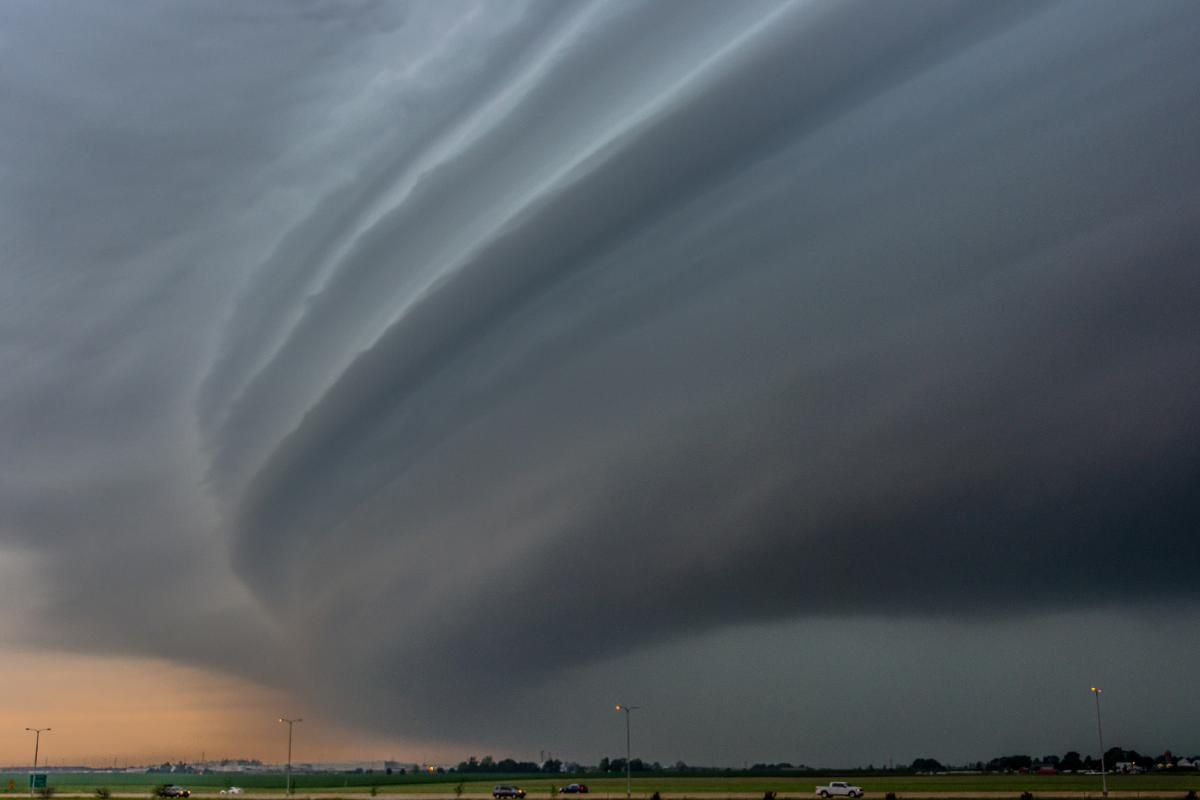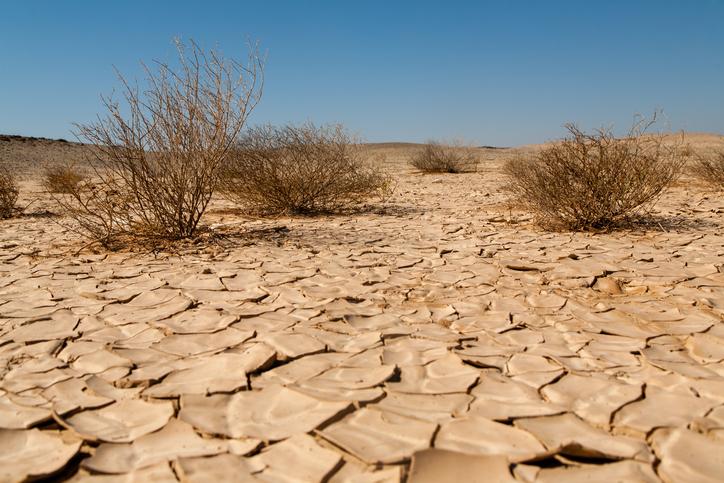What Is Cloud Seeding?


Droughts are a growing concern worldwide, prompting scientists to explore ways to influence weather patterns. One such technique is cloud seeding, a process that aims to increase precipitation by manipulating the tiny particles within clouds. It might sound like something out of a science fiction film, but cloud seeding is a very real weather modification technique.
This article from thedailyECO explains what cloud seeding is, how it works, the different types and applications, and the potential challenges associated with this weather modification technique.
What is cloud seeding and types
Cloud seeding is a weather modification technique that aims to alter precipitation patterns in a specific area. It achieves this by introducing condensation nuclei, microscopic particles around which water vapor condenses, into clouds. These nuclei can be dispersed via aerial methods, typically from airplanes, or through ground-based generators.
The primary objective of cloud seeding is to enhance natural precipitation processes within clouds. By introducing additional condensation nuclei, the expectation is that more water vapor will condense and form cloud droplets. These larger droplets may then collide and coalesce, eventually becoming heavy enough to fall as rain or snow.
Types of cloud seeding
There are two main types of cloud seeding, each targeting different cloud conditions:
- Cold clouds: if clouds are supercooled (below freezing but containing liquid water), silver iodide particles are used. These mimic the structure of ice, promoting the formation of ice crystals within the cloud.
- Warm clouds: dry ice (frozen carbon dioxide) can be used in warmer clouds. When dispersed, it directly converts water vapor into ice crystals through a process called sublimation.
It is important to note that this technique has varying degrees of success depending on several factors, including cloud type, atmospheric conditions, and the amount of seeding material used. Curious how fluffy clouds form in the sky? Dive deeper into the science of cloud formation in this other article.

How cloud seeding works
Let us take a closer look at each step of the process:
- Silver iodide is typically dispersed as a fine mist from airplanes flying through clouds. Alternatively, ground-based generators can release the particles, which then rise into the clouds on wind currents. Dry ice can also be dispersed from airplanes.
- Once inside the cloud, the silver iodide particles or dry ice crystals become attractive targets for water vapor molecules.
- Water vapor condenses onto the seeding materials, forming microscopic cloud droplets around them. With more available condensation nuclei, more water vapor can condense, increasing the overall number and size of cloud droplets.
- As clouds move and jostle, the larger droplets formed around the seeding materials bump into each other.
- These collisions can cause droplets to merge, forming even bigger droplets.
- Eventually, these large droplets become heavy enough to overcome the updrafts within the cloud and fall as rain or snow, depending on the cloud temperature.
What chemicals are used to make artificial clouds?
Cloud seeding effectiveness relies on matching the material to the cloud's temperature.
In supercooled clouds (below freezing with liquid water), silver iodide mimics ice, promoting ice crystal formation that triggers freezing of supercooled droplets, ultimately leading to snowfall.
For warm clouds (above freezing), dry ice rapidly cools the air, causing water vapor to bypass the liquid stage and directly convert into ice crystals (sublimation). These ice crystals then follow a similar growth and collision path as in supercooled clouds, potentially leading to increased rain.
By strategically selecting seeding materials based on cloud temperature, cloud seeding aims to create more ice crystals within clouds. This increase in ice crystals ultimately translates to a boost in precipitation, either in the form of rain or snow, depending on the cloud conditions.
Ever been caught in a rain shower that feels like a whole ocean is falling? This article explains what a torrential downpour is and how it differs from your average rainy day.

Is cloud seeding harmful?
Silver iodide, the most commonly used cloud seeding material, is generally considered safe in small quantities. However, concerns exist about its long-term environmental impact. Potential issues include:
- Ecosystem disruption: accumulation of silver iodide in the environment could potentially disrupt natural processes and harm wildlife.
- Water quality: cloud seeding operations involve releasing substances that could eventually deposit into water bodies. Silver iodide and other seeding agents may potentially affect water quality and aquatic ecosystems.
- Air quality: terrestrial cloud seeding methods that involve burning seeding agents might release smoke and pollutants into the air. While the quantities may be small, prolonged exposure could have negative effects on air quality and human health, especially in areas with frequent cloud seeding activities.
- Alter weather patterns: weather patterns are complex, and cloud seeding, though intended to boost rainfall in dry areas, might also alter regional climate patterns in unexpected ways. More research is needed to understand these potential long-term effects.
It is important to note that droughts also raise critical legal and ethical questions. For example: who "owns" precipitation generated by cloud seeding? This could lead to conflicts over water resources. Also, concerns may arise about the equitable distribution of water resources, particularly in areas where cloud seeding is practiced.
Learn more about what makes up our weather. This article dives into the science behind hydrometeors, the building blocks of rain, snow, and more

Which countries do cloud seeding?
Cloud seeding, while not a guaranteed solution, offers a targeted approach to addressing water challenges across the globe. Let's explore how different countries are utilizing this technique to manage their water resources.
China stands out as a leader in cloud seeding, implementing extensive programs to increase rainfall in drought-stricken regions. These efforts play a crucial role in replenishing water supplies for both agriculture and populated areas.
Similarly, the United States, particularly western states facing chronic drought, employs cloud seeding to bolster precipitation. The Bureau of Reclamation, a federal agency, actively manages cloud seeding programs in these regions.
The United Arab Emirates, facing a naturally arid climate, heavily invests in cloud seeding technology. Here, airplanes disperse seeding materials like silver iodide to stimulate precipitation and support their water security efforts.
In mountainous regions that depend on snowmelt for water resources, cloud seeding plays a vital role. States like California, Colorado, and Utah in the United States utilize cloud seeding programs to enhance winter snowfall. This helps build a larger snowpack, acting as a natural reservoir that releases water gradually throughout warmer months, ensuring a more sustainable water supply.
While less common, cloud seeding techniques can be used for fog dispersal in specific situations. Some airports around the world, particularly in regions prone to dense fog, may employ cloud seeding to clear fog banks and improve visibility for safe landings and takeoffs. However, this application is less widespread compared to drought relief and snowpack enhancement.
Ever wondered why rain has that refreshing, earthy smell? This article explores the science behind the unique scent of rain.
If you want to read similar articles to What Is Cloud Seeding?, we recommend you visit our Meteorological phenomena category.
- Antonietti, C. “Climate Change, mitigation measures through cloud seeding.” BCR Magazine. Available at: https://www.bcr.com.ar/sites/default/files/2022-02/nota_2.pdf
- García, GM, Chairez, FGE, Padilla, GD, Corral, JAR, Ruiz, JS, & Cohen, IS (2014). “Rain induction through cloud seeding with silver iodide in the north-central region of Mexico in the 2012 rainy season.” Mexican magazine of agricultural sciences, (10), 1951-1962.








